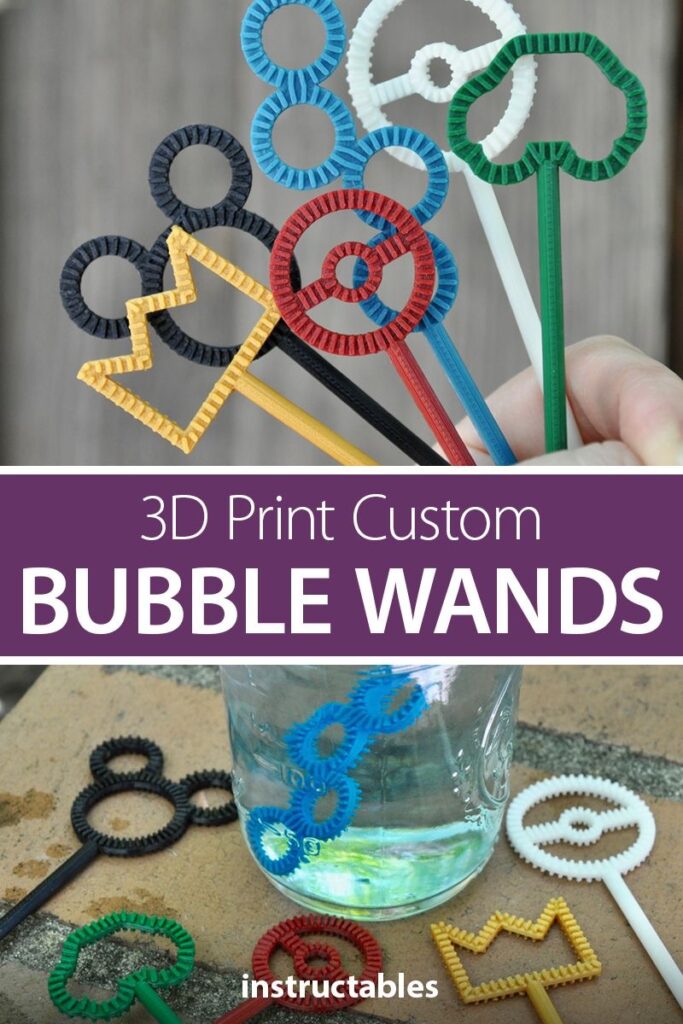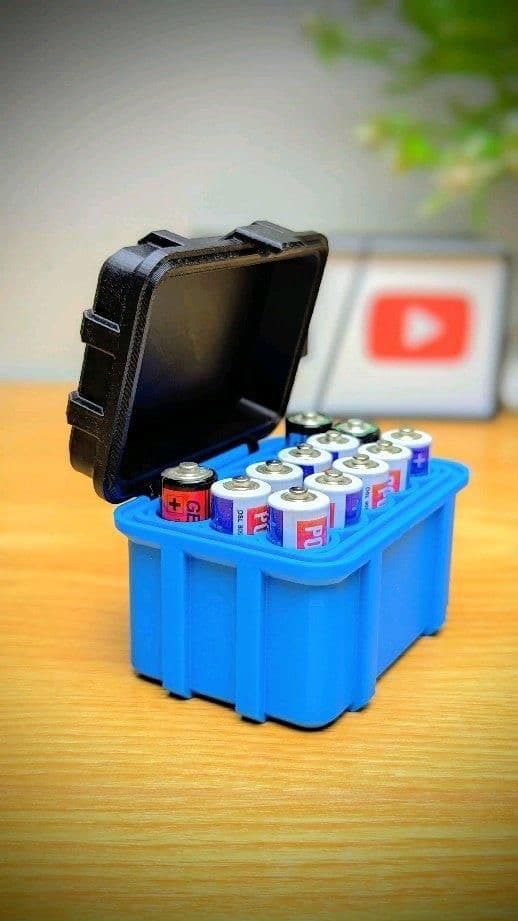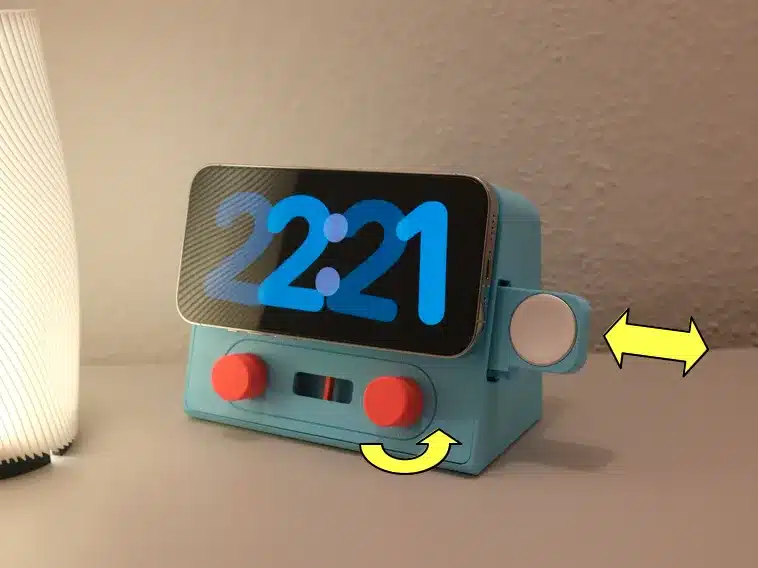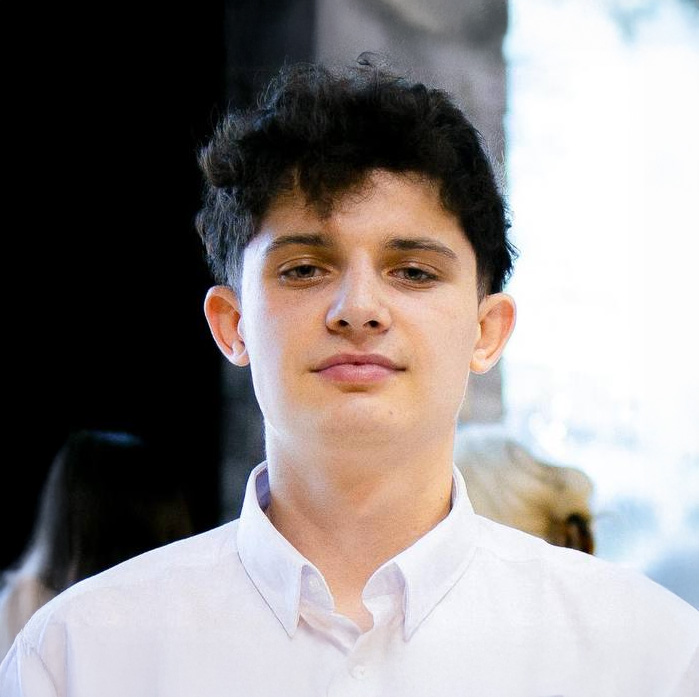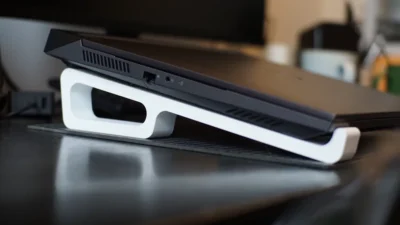3D printing offers a simple way to create useful and fun objects, even if you’re just starting out. Easy 3D prints are typically small, quick to print, and require minimal assembly or support, making them perfect for beginners and anyone wanting fast results. These projects help you gain confidence and understand the basics without overwhelming complexity.
You can find many beginner-friendly designs such as keychains, plant holders, or simple mechanical parts available on popular platforms. With the right tools and settings, you can achieve consistent, satisfying prints that show off what your machine can do.
By focusing on straightforward projects, you’ll improve your skills step-by-step and quickly build a practical collection of 3D printed items. Simple prints also encourage experimentation and customization as you become more familiar with your printer’s capabilities.
Key Takeways
- Easy prints help beginners build confidence with quick, low-complexity projects.
- Using the right software and settings improves print success and quality.
- Access to ready-made designs speeds up your printing experience and learning.

https://makerworld.com/en/models/1306144-flora-mini-led-light-leaves#profileId-1339684
What Makes a 3D Print Easy?
To achieve simple 3D prints, you need to understand factors that affect how well your design prints, what features keep printing straightforward, and how the choice of material influences success. These elements reduce the risk of failure and simplify post-processing.
Understanding Printability
Printability refers to how well a 3D model translates into a physical object without issues.
You should avoid complex geometries with excessive overhangs or thin walls because they often require extensive support material and increase failure risks. Designs with flat bases and stable shapes are easier for your 3D printer to handle.
Layer height, print speed, and cooling settings also play roles in successful prints. For beginners, sticking to simpler forms and ensuring good bed adhesion further improves printability.
Key Features of Simple 3D Prints
Simple 3D prints typically include features that reduce technical challenges. These include:
- Minimal overhangs: Overhangs greater than 45 degrees usually need supports.
- Thicker walls: Walls around 2-3 mm are easier to print and more durable.
- Basic shapes: Cubes, cylinders, and spheres print without intricate details or fragile parts.
- Good bed contact: A wide, flat base prevents warping and detachment during printing.
Using these features can save you time by avoiding common print failures and less post-print cleanup.
Material Choice and Print Success

The filament material significantly affects how easy your print will be.
PLA is generally the best choice for simple prints because it requires low print temperatures and offers minimal warping. It’s also biodegradable and easy to handle.
PETG is tougher and a bit trickier to print but has good layer adhesion; it suits moderately complex prints.
ABS can warp and emit fumes, demanding a heated enclosure and extra care, making it less ideal for beginners.
Choosing the right material depends on your print’s intended use, printer capabilities, and your comfort with managing print settings.

Popular Platforms for Easy 3D Print Files
You can find a wide range of easy-to-print STL files on several key platforms. These sites offer beginner-friendly designs, clear categories, and active communities that help you choose the right model for your experience and printer capabilities.
Exploring Thingiverse for Beginner Models
Thingiverse is a leading resource for free STL files with a vast library that caters to all skill levels. You can filter searches by difficulty, making it simple to find beginner models.
Most designs come with user ratings, print tips, and photos that help you assess printability before downloading. Thingiverse also hosts collections specifically labeled for beginners, focusing on simple shapes and minimal support requirements.
The community aspect allows you to see how others have printed a model and troubleshoot common issues. This makes Thingiverse ideal if you want straightforward, tested files without extra complexity.
Finding Printable Designs on MyMiniFactory
MyMiniFactory provides a curated collection of STL files vetted for printability, ensuring you download files that work reliably. This platform is known for high-quality scans and designer uploads.
You’ll find dedicated beginner categories with models designed for quick, easy prints. Each file typically includes detailed instructions and recommended settings, which reduce guesswork during printing.
MyMiniFactory also hosts contests and themed collections, improving variety if you want something simple yet unique. It’s a good choice when you want assurance that the model has been tested by others.
Discovering Cults and YouMagine Resources
Cults offers both free and paid STL files, with a wide range of designs from basic to advanced. The site is well-organized, allowing you to filter by difficulty level and material type.
You’ll find many files tagged as beginner-friendly, typically small objects requiring minimal supports. Cults also includes CAD files for those who want to modify designs before printing.
YouMagine focuses on community-shared STL files with an emphasis on practical and open-source projects. It’s smaller but provides reliable, easy-to-print models with helpful printing notes from users.
Both platforms emphasize accessibility and practical design, making them useful for easy 3D prints.

https://makerworld.com/en/models/1314713-remote-control-holder#profileId-1349555
Essential Tools and Software for Creating Easy 3D Prints
To successfully create easy 3D prints, you will need reliable software that simplifies design and file preparation. The right tools help you shape your ideas precisely and convert them into formats your 3D printer can understand.
Using Tinkercad for Simple CAD Modeling
Tinkercad is a free, web-based app designed for beginners. It offers a clean, intuitive interface that helps you quickly create basic 3D shapes without steep learning curves.

You start by combining simple geometric shapes like cubes, cylinders, and spheres. You can resize, rotate, and align these shapes to form more complex models. The drag-and-drop system makes editing straightforward, so you focus on your design, not the tool complexity.
Tinkercad also includes basic measurement tools. This ensures your CAD model fits the exact dimensions required for your 3D print, reducing trial and error.
Converting CAD Models to STL Files
Once your CAD model is complete, you will need to export it as an STL file. The STL format is the standard for 3D printing and describes the surface geometry of your model using triangles.
Tinkercad allows seamless export of your design into an STL file with a single click. After exporting, STL files can be imported into slicing software to prepare them for printing.
Ensure your STL file is error-free by checking for common issues like holes or non-manifold edges. Many slicers offer built-in repair tools to fix these problems, ensuring your print runs without interruption.

https://makerworld.com/en/models/1316103-donut-book-holder-no-supports#profileId-1351225
Best Designs for Easy 3D Printed Parts
When choosing easy 3D prints, focus on parts that require minimal support, simple assembly, and quick print times. Designs that rely on basic shapes or serve clear, functional roles keep printing efficient and rewarding.
Beginner-Friendly 3D Models
Beginner-friendly 3D models often have smooth surfaces and simple geometries, which reduces the chance of print errors. Examples include keychains, phone stands, and simple clips.
These models usually use minimal supports or none at all, making post-processing easy. You can start with templates available online, modifying small details to make them your own without complex design software.

This approach lets you build confidence without wasting filament on failed prints. Keep your layer height moderate (around 0.2 mm) to balance speed and quality when printing these parts.
Functional Everyday Objects

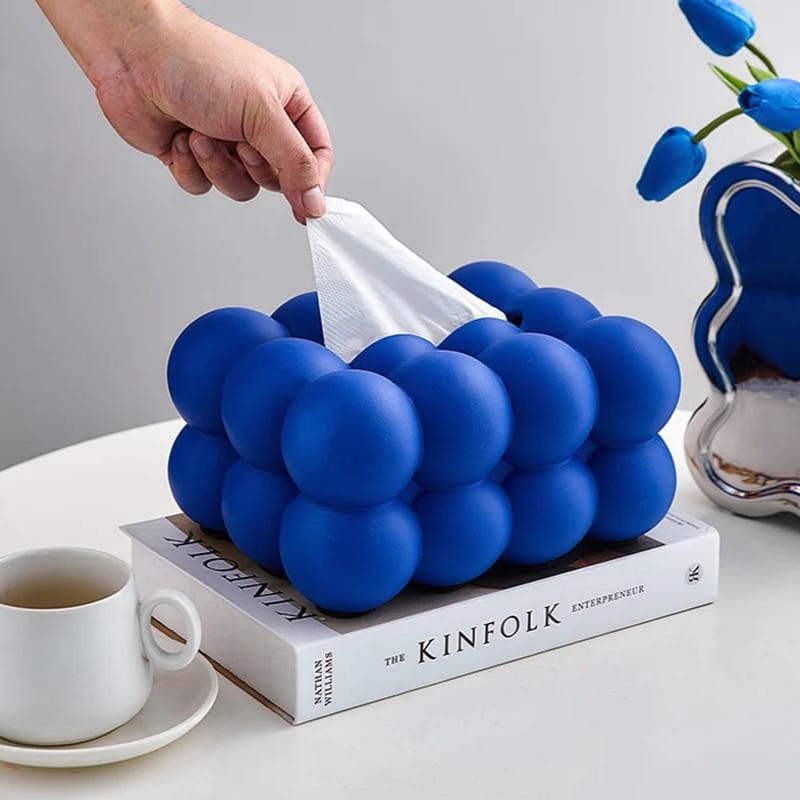
Functional prints add usability to your daily life without complicated assembly. Items like cable organizers, tool holders, and drawer dividers fit this category.
They must fit specific dimensions, so measure carefully before printing. Functional parts often benefit from a stronger infill pattern, like grid at 20-30%, to ensure durability.
You can customize these objects to your needs, tweaking size or features easily in most 3D model editors. Printable hinges or snap-fit joints can also add mechanical functionality with minimal complexity.
Geometric Shapes and Simple Art
Geometric shapes—cubes, spheres, pyramids—are ideal for practicing smooth, precision printing. You can experiment with different filament colors and layer heights without risking complex failures.
Simple art pieces such as abstract sculptures or minimalist decorations rely on these shapes. They usually have straightforward designs with limited overhangs.
This category helps sharpen your settings for print speed and surface finish. You can combine multiple geometric parts to create more complex visual effects while keeping prints manageable and fast.
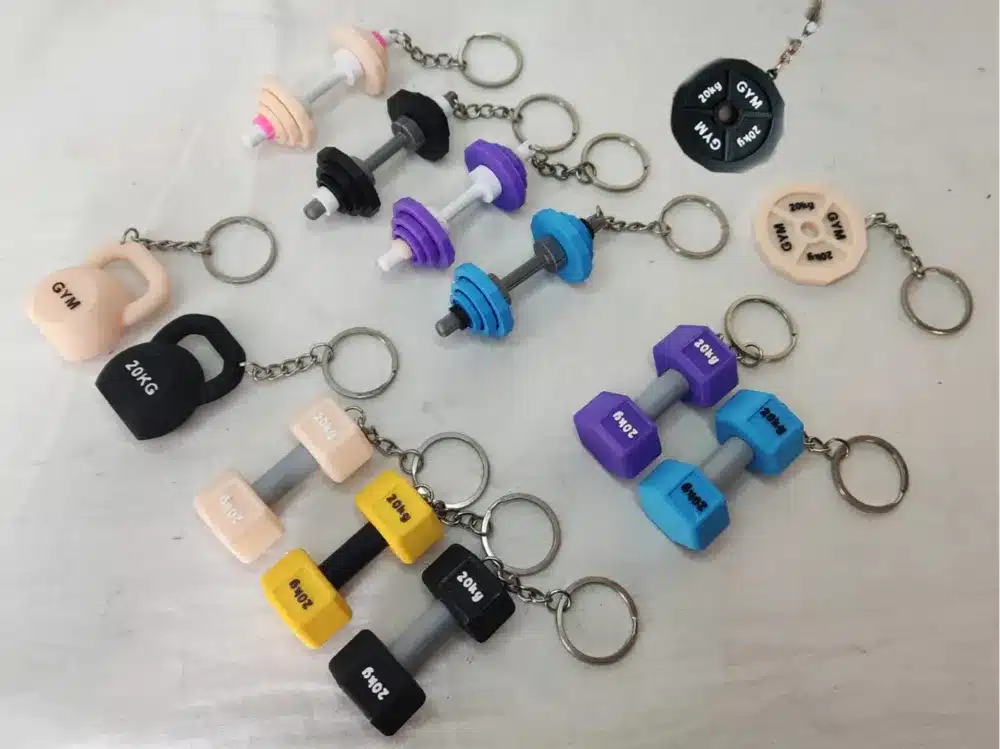
Tips for Successful and Easy 3D Printing
To get reliable prints, focus on proper printer settings, choose the right materials for your project, and learn how to troubleshoot common issues quickly. These steps help reduce errors and improve your printing experience.
Printer Settings and Print Head Selection
Start by leveling your print bed precisely. A well-leveled surface ensures your first layer sticks well, which is critical for print success. Use calibration prints like a test cube to verify settings.
Choose a print head compatible with your filament type. For example, a standard brass nozzle works well for PLA and PETG but may wear faster with abrasive materials. Use a 0.4mm nozzle for most prints; it balances detail and speed.
Set your printing temperature according to the filament manufacturer’s recommendations. Too hot can cause stringing; too cold leads to poor layer adhesion. Also, adjust print speed reasonably—30-50 mm/s is good for beginners.
Material Preferences: PLA, PETG, ABS
PLA is the easiest filament to print with because it requires lower temperatures (about 190-220°C) and adheres well to most build surfaces. It has minimal warping and is biodegradable, making it beginner-friendly.
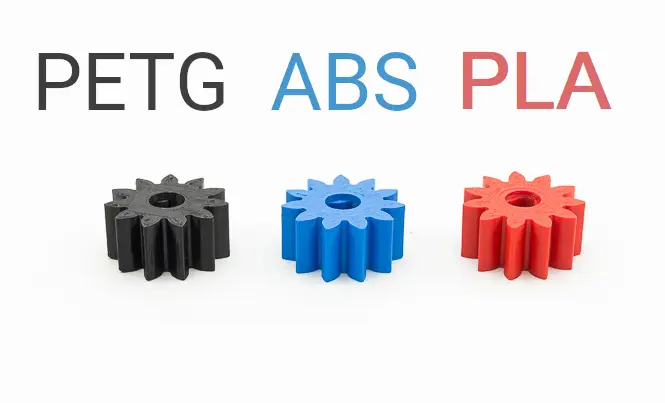
PETG offers more strength and flexibility than PLA. It prints at higher temperatures (230-250°C) and sticks well but can be stringy if settings aren’t dialed in. It’s good for durable parts but may need slower print speeds.
ABS is tougher and heat-resistant but tends to warp and emit fumes. Print ABS in an enclosed printer at 220-250°C and use a heated bed around 90-110°C. Use ventilation due to fumes, and be prepared for occasional warping.
Troubleshooting Common Issues
If your print won’t stick to the bed, first check your bed leveling and clean the surface. Use aids like blue painter’s tape or glue stick to improve adhesion with PLA or ABS.
Stringing happens if your temperature is too high or retraction settings are off. Lower the temperature in 5-degree increments and increase retraction distance or speed.
Warping usually means your print cools unevenly. Use a heated bed and avoid drafts. For ABS and PETG, an enclosure helps maintain stable temperature.
If layers delaminate, increase print temperature or slow print speed. Poorly calibrated steps per millimeter in your extruder can also cause under- or over-extrusion, affecting part strength.

https://makerworld.com/en/models/93143-tilt-phone-stand?from=search#profileId-99572
Staying Updated and Contributing to the Community
To get the most from 3D printing, you should actively follow new trends and share your work. This approach helps you discover fresh ideas while improving your skills through community feedback and collaboration.
Subscribing to 3D Printing Channels
You can stay informed by subscribing to dedicated 3D printing channels on platforms like YouTube and specialized forums. These channels often provide project tutorials, troubleshooting tips, and reviews of new materials and printers.
Look for channels that focus on easy or beginner-friendly prints if you want straightforward ideas. Subscriptions let you receive updates automatically, ensuring you never miss new STL file releases or printing techniques relevant to your skill level.
Many channels also post regular STL file recommendations that you can download and print directly, saving you time in design. Consider setting alerts for channels that post content matching your interests.
Sharing and Remixing STL Files
Contributing your own STL files or modifying others’ designs deepens your understanding and expands the community’s resources. Upload your models to platforms like Thingiverse or MyMiniFactory to share with others.
When remixing STL files, always respect original creators by crediting them properly. Experiment with designs to create functional or personalized objects that others might benefit from, such as customized tools or simple home accessories.
By sharing and remixing, you both give and receive value—access to diverse STL files increases, and your skills improve through practical design challenges. Consider using version control to track changes in your STL files for better management.
- 44shares
- Facebook0
- Pinterest44
- Twitter0
